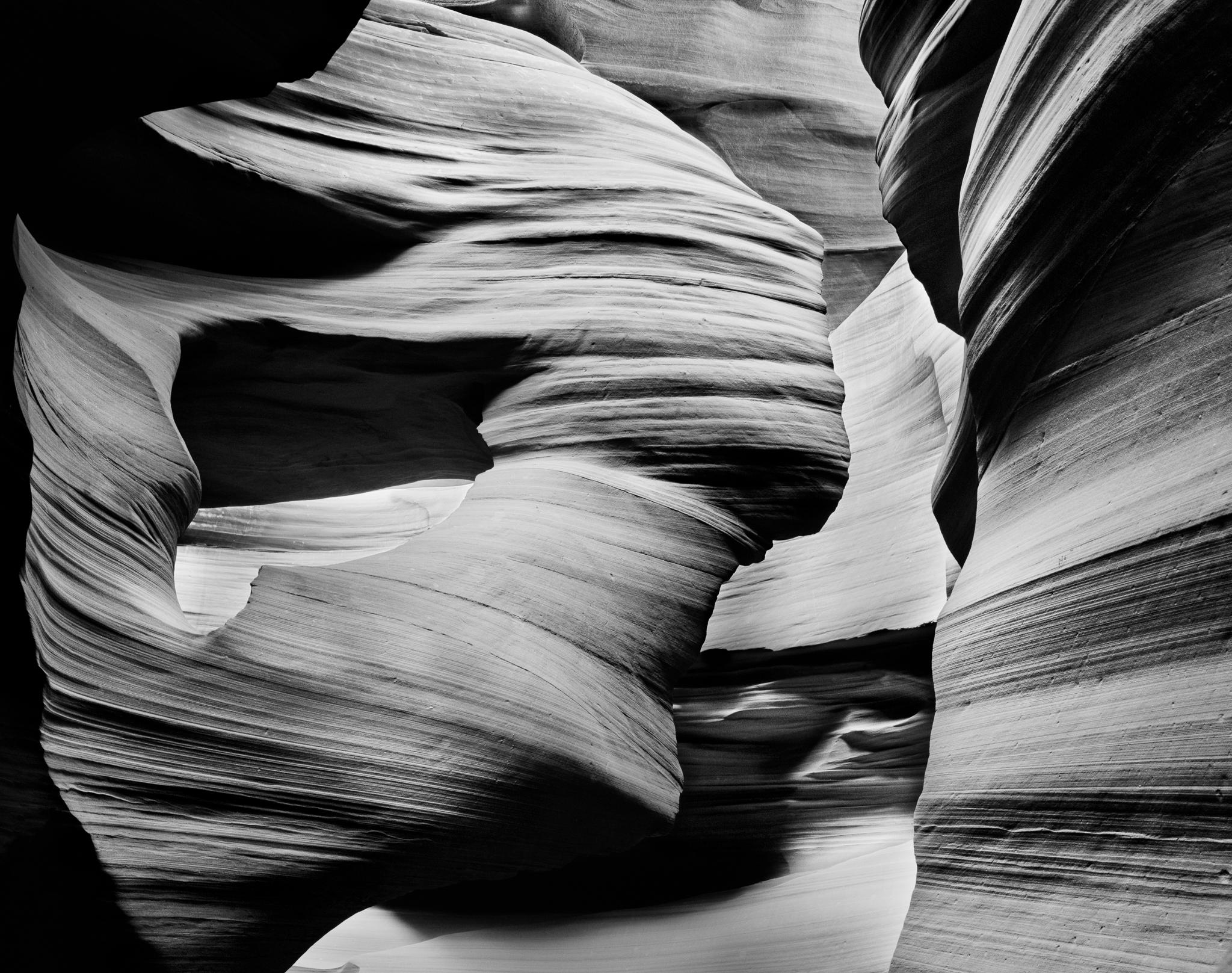The Importance of Scouting for Landscape Photography
Discover how thorough location scouting can transform your landscape photography. Learn essential techniques for researching, exploring, and planning shoots to capture the American Southwest's most compelling scenes.

Introduction
One of the key aspects of successful landscape photography is scouting locations. Understanding the terrain, lighting conditions, and potential compositions before you start shooting can significantly enhance the quality of your images. In this blog post, I share the importance of scouting locations for landscape photography, the techniques I use, and how this process helps me capture the beauty of the American Southwest.
Why Scouting is Crucial
Scouting locations ahead of time provides numerous benefits. It allows you to familiarize yourself with the landscape, identify potential compositions, and plan your shots based on the best lighting conditions. This preparation ensures that you can make the most of your time when the ideal light conditions arise, rather than scrambling to find a good spot.
Additionally, scouting helps you avoid potential hazards and obstacles, making your photography sessions safer and more efficient. The American Southwest presents unique challenges with its remote locations and extreme conditions, making advance preparation essential for both safety and photographic success.
Pre-Trip Research
Before heading out to a new location, I spend time researching the area. This includes studying maps, reading guidebooks, and browsing online resources such as photography forums, social media, and photo-sharing websites. These sources provide valuable insights into the best spots to visit, the optimal times to shoot, and any unique features or challenges the location might present.
I also research weather patterns, seasonal conditions, and access restrictions that might affect my photography plans. Understanding these factors helps me choose the best time to visit and ensures I'm properly prepared for the conditions I'll encounter.
On-Site Scouting
Once I arrive at a location, I take the time to explore the area on foot. Walking around allows me to observe the landscape from different angles and perspectives, helping me identify potential compositions. During this process, I look for interesting foreground elements, leading lines, and unique vantage points that can add depth and dimension to my images.
I also take note of the direction of the light and how it interacts with the landscape at different times of day. This observation helps me understand when the lighting will be most favorable for specific compositions and subjects.
Using Technology
Modern technology offers several tools that can aid in scouting locations. Apps like Google Earth, The Photographer's Ephemeris, and PhotoPills provide detailed information about the terrain, sun and moon positions, and lighting conditions. These tools allow me to visualize the landscape and plan my shots more effectively.
Additionally, I use GAIA GPS device app to mark specific locations and viewpoints that I want to revisit during optimal lighting conditions. This technology helps me navigate back to promising spots and track my scouting progress efficiently.
The Role of Timing
Timing is crucial in landscape photography, as the quality and direction of light can dramatically change the appearance of a scene. By scouting locations in advance, I can plan my visits to coincide with the best lighting conditions. For example, shooting during the golden hours of early morning and late evening often provides soft, warm light that enhances the colors and textures of the landscape.
Midday light, while generally harsher, can be useful for specific compositions and conditions, such as capturing reflected bounce light in canyons. Understanding these timing considerations through scouting allows me to maximize the photographic potential of each location.
Revisiting Locations
One of the benefits of scouting is that it allows me to revisit locations with a clear plan in mind. I often return to the same spots multiple times, experimenting with different compositions and lighting conditions. This iterative process helps me refine my approach and capture the best possible images.
Revisiting locations also allows me to observe how the landscape changes over time, providing new opportunities for creative expression. Seasonal changes, weather patterns, and even human modifications can transform a familiar location into something entirely new.
Flexibility and Adaptability
While scouting provides a solid foundation for landscape photography, it's essential to remain flexible and adaptable. Weather conditions, changing light, and unexpected events can all influence the outcome of a shoot. Being prepared to adjust your plans and take advantage of spontaneous opportunities can lead to some of the most memorable and unique images.
The key is to balance preparation with an openness to embrace the unexpected. Your scouting work provides the foundation of knowledge needed to adapt successfully when conditions change or new opportunities arise.
Conclusion
Scouting locations is a critical aspect of landscape photography that can significantly enhance the quality of your images. By researching, exploring, and planning ahead, you can identify the best compositions and lighting conditions, ensuring that you capture the beauty of the American Southwest in all its glory.
Whether you're a seasoned photographer or just starting, incorporating scouting into your workflow will help you create more compelling and impactful photographs. The time invested in preparation pays dividends in the field, leading to more successful shoots and memorable images that truly capture the essence of each location.
Explore Related Photography
Related Posts

Investment-Grade Photography: A Collector's Guide to Fine Art Prints
What makes fine art photography a legitimate investment? Learn how limited editions, archival materials, certificates of authenticity, and market factors determine the long-term value of museum-quality landscape prints.

Print Sizing Guide: Choosing the Right Size for Every Room
A comprehensive guide to selecting the perfect print size for different rooms and wall spaces. Learn the formulas and visual principles that ensure your landscape photography makes maximum impact without overwhelming the space.

Southwest Photography & Interior Color Palettes
A designer's guide to integrating Southwest landscape photography with interior color schemes. Learn how earth tones, desert palettes, and natural color relationships create harmonious spaces in both residential and commercial projects.
